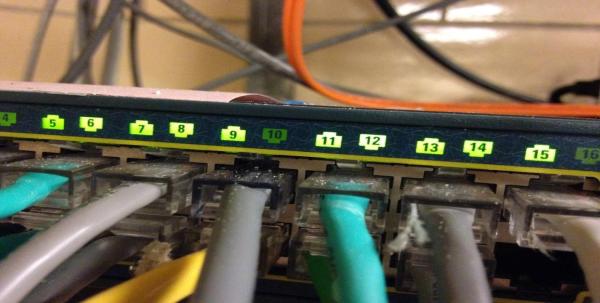If you are an organisation that is custodian of sensitive information or infrastructure, it would be foolhardy of you to place it directly on the public Internet. No matter how good your security might be, there is always the risk that a miscreant could circumvent it, and perform all sorts of mischief. The solution employed therefore is to physically isolate such sensitive equipment from the rest of the world, creating an air gap. Nothing can come in and nothing can go out, or so goes the theory.
Well, that’s the theory, anyway. [Davidl] sends us some work that punches a hole in some air-gapped networks, allowing low-speed data to escape the air gap even if it doesn’t allow the reverse.
So how is this seemingly impossible task performed? The answer comes through the mains electrical infrastructure, if the air gap is bridged by a mains cable then the load on that mains cable can be modulated by altering the work undertaken by a computer connected to it. This modulation can then be detected with a current transformer, or even by compromising a UPS or electricity meter outside the air gap.
Of course, the Hackaday readership are all upstanding and law-abiding citizens of good standing, to whom such matters are of purely academic interest. Notwithstanding that, the article goes into the subject in great detail, and makes for a fascinating read.
We’ve touched on this subject before with such various techniques as broadcast radio interference and the noise from a fan, as well as with an in-depth feature.















